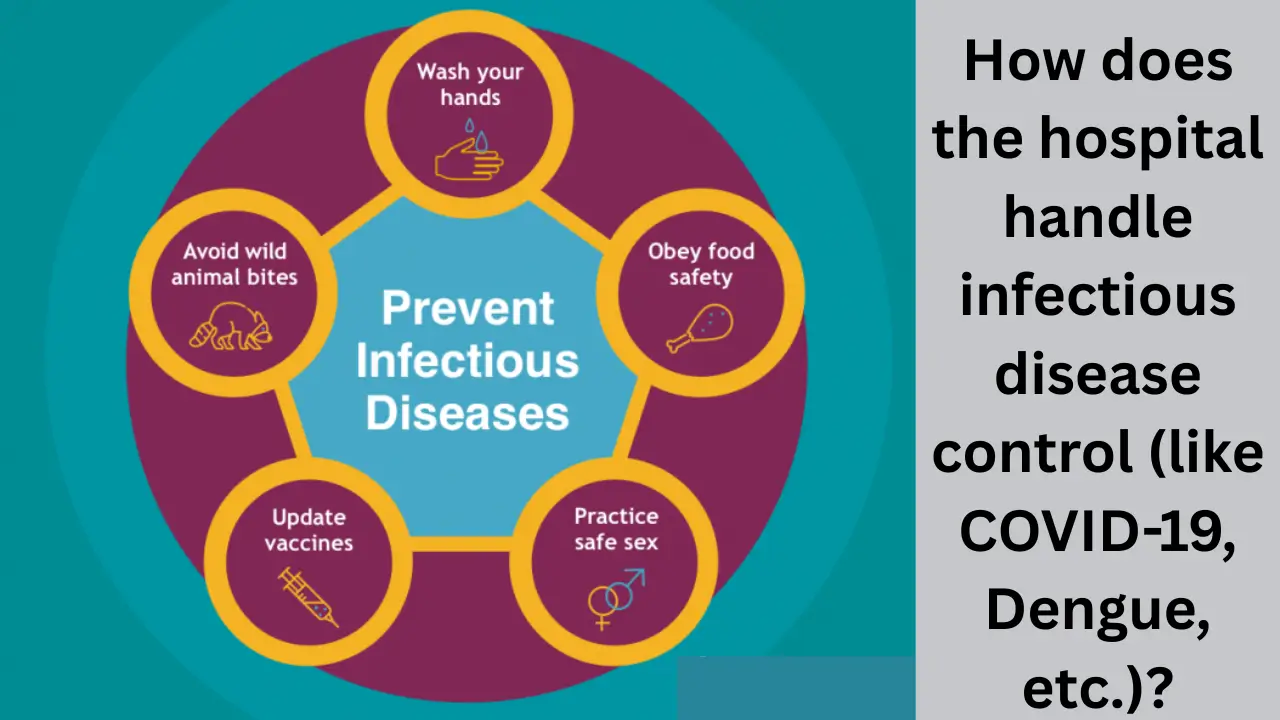Social Security Garnishment: Starting August 2025, Social Security garnishment has begun affecting over one million beneficiaries across the United States, significantly impacting the monthly income of retirees, disabled workers, and survivors who have outstanding overpayments or defaulted on certain federal obligations.
This marks one of the largest enforcement moves by the Social Security Administration (SSA) in recent years to recover funds owed due to overpayment or loan defaults.
Understanding how these garnishments work, why they are happening now, who is affected, and, most importantly, how to protect one’s Social Security benefits from garnishment is crucial.
This article provides a detailed explanation, payment impacts, prevention tips, and essential FAQs for vulnerable beneficiaries.
What Is Social Security Garnishment and Why Is It Happening Now?
Social Security garnishment occurs when the SSA withholds a portion of monthly Social Security benefits to recover funds owed by beneficiaries who received overpayments in error or are in default on federal student loans or other debts.
Background and Recent Policy Changes
- The SSA noted approximately $23 billion of unrecovered overpayments as of fiscal year 2023.
- In April 2025, SSA began sending official repayment notices to affected individuals with outstanding debts.
- Beneficiaries were given 90 days to appeal, request lower garnishment rates, or apply for waivers before withholding started, which commenced fully in late July or August.
- The garnishment rate for overpayments was increased to 50% of monthly benefits, up from the Biden-era 10%, after initial plans to revert to 100% collection met strong public backlash.
- Additional garnishments of up to 15% started being considered for nearly 452,000 recipients who defaulted on federal student loans, mainly older borrowers.
These developments follow prolonged efforts by the SSA to protect program solvency and reclaim funds lost to inadvertent or non-repayment.
How Much Will Benefits Be Reduced?
The garnishment can be significant and vary depending on individual circumstances and debt type:
| Debt Type | Garnishment Rate | Notes |
| Social Security Overpayments | Up to 50% | Half of monthly benefit withheld until debt cleared |
| Federal Student Loan Defaults | Up to 15% | Separate garnishment, applies to 452,000 beneficiaries |
| Other Federal Debts | Varies | Includes tax debts or child support |
Example: If a person receives $1,500 a month in Social Security and owes an overpayment, up to $750 (50%) could be withheld monthly to repay the debt. If also in default on student loans, an additional 15% ($225) garnishment is possible, leaving only $525.
Who Is Most Affected?
- Seniors relying primarily or solely on Social Security for income.
- Disabled workers receiving benefits.
- Survivors of deceased workers with outstanding Social Security debt.
- Borrowers ages 62 and older defaulting on federal student loans, many of whom co-signed loans decades ago.
- People who failed to report income changes leading to overpayment.
Over 1 million Social Security recipients face partial garnishment as of August 2025, with many living near poverty thresholds.
How Do Overpayments Occur?
Overpayments can result from a variety of factors:
- Failure to report changes in income, work status, or living arrangements.
- SSA miscalculations or administrative errors.
- Retroactive adjustments after tax filings or audits.
- Receipt of emergency or COVID-related relief payments that SSA later offsets.
Once identified, the SSA attempts to recover this amount by reducing future payments.
How Can You Protect Your Social Security Benefits?
Beneficiaries can take several legal, practical steps to minimise garnishment or avoid it entirely:
1. Respond Promptly to SSA Notices
- Review notices carefully.
- File appeals or request reconsiderations within deadlines.
- Apply for waivers showing financial hardship.
2. Report Changes Immediately
- Update SSA about income, employment, or household changes timely.
- Avoid errors that trigger overpayment.
3. Set Up Payment Plans or Request Reduced Garnishment
- Contact SSA to negotiate repayment schedules.
- Request partial garnishment rates if full 50% imposes hardship.
4. Get Professional Advice
- Consult legal aid or financial counsellors specializing in Social Security.
- Explore programs for debt relief or hardship exemptions.
What Happens If Garnishment Continues?
While garnishment helps repay SSA funds, it reduces the essential income some retirees depend on. Many beneficiaries report difficulty paying for food, medicine, housing, and healthcare amid partial payment withholding.
The Consumer Financial Protection Bureau notes that such forced collections often exacerbate poverty and health challenges.
Summary Table: Social Security Garnishment Impact August 2025
| Item | Detail |
| Beneficiaries Affected | 1 million+ |
| Overpayment Garnishment Rate | Up to 50% monthly benefit |
| Student Loan Garnishment | Up to 15% on Social Security for ~452,000 borrowers |
| Total Outstanding Debt | Approximately $23 billion |
| Appeal Period | 90 days after SSA notice before garnishment |
Conclusion
As of August 2025, Social Security garnishment has entered a new, intensified phase affecting over one million beneficiaries. While the SSA is within its rights to recover overpayments and debts, these garnishments significantly affect the financial stability of vulnerable Americans.
Beneficiaries must act swiftly by responding to SSA notices, reporting all changes, applying for waivers, and seeking expert advice where necessary to protect their essential retirement or disability income.
Early awareness and proactive management can reduce financial hardship stemming from garnishment and safeguard a dignified standard of living.
FAQs
1. What is social security garnishment?
It is the withholding of a portion of Social Security payments to recover debts or overpayments.
2. Why are garnishments increasing now?
SSAs efforts ramped up in 2025 due to large outstanding debts, new regulations, and federal mandates.
3. Can I contest or reduce my garnishment?
Yes, beneficiaries can appeal SSA decisions, request waivers, or negotiate lower garnishment rates.
4. Who is most affected by garnishments?
Seniors, disabled persons, and families relying primarily on Social Security, especially those with outstanding debts.
5. How much of my benefits can be garnished?
Up to 50% for overpayments and 15% for defaulted federal student loans can be deducted monthly.


















